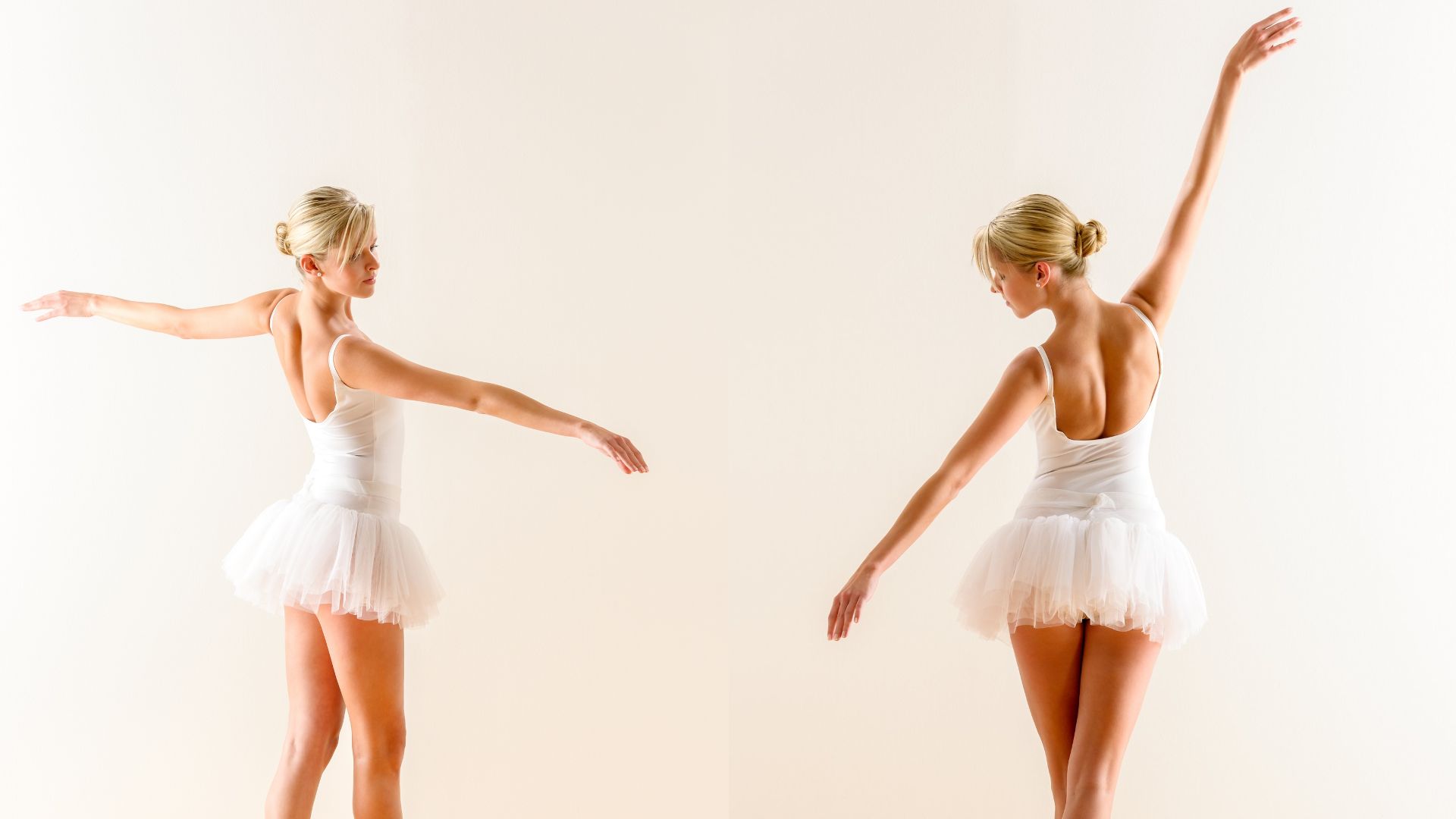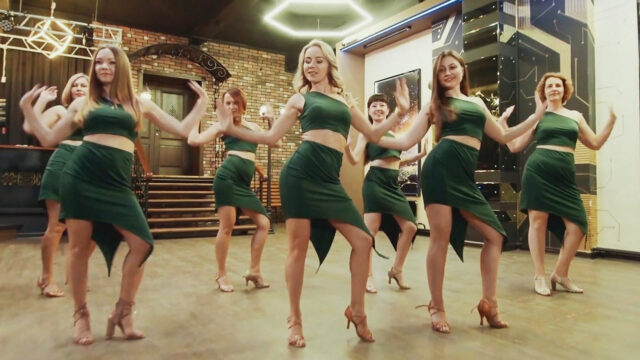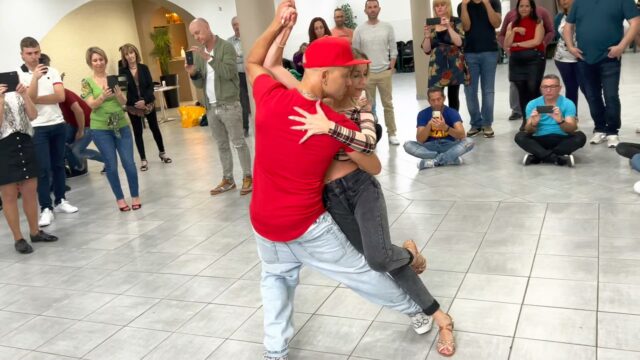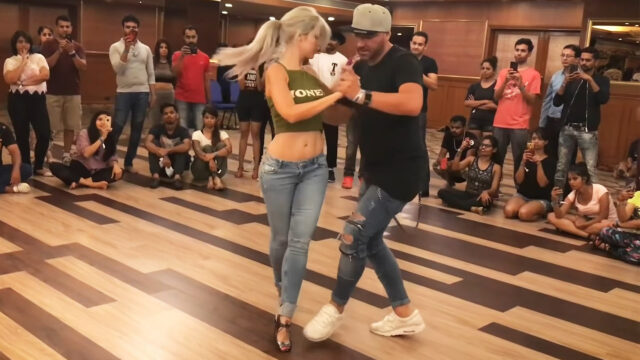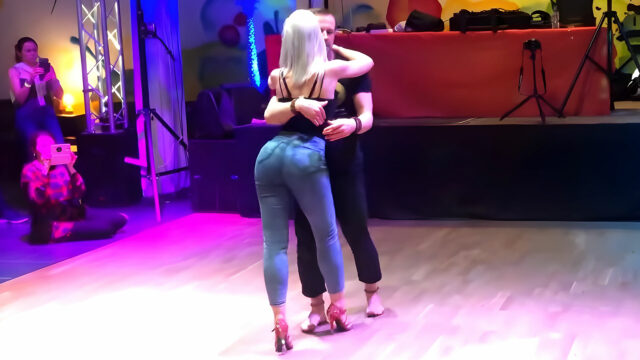What Ballet Dancing is All About?
It is as a unique form of art, has been loved and accepted for centuries, and with time has evolved in many ways. Before only the nobles would be able to see this work of art, but with time it’s become a source of entertainment for many all over the world.
By definition, this form of art can be explained and defined as being a technical type of dance in which a formal academic dance technique i.e. the dance d’ecole is merged with other artistic elements such as costume, music and stage scenery.
To find local ballet dancing classes in your city simply follow the link, enter your location and choose the dance studio you like the most. It is actually that easy to start dancing!
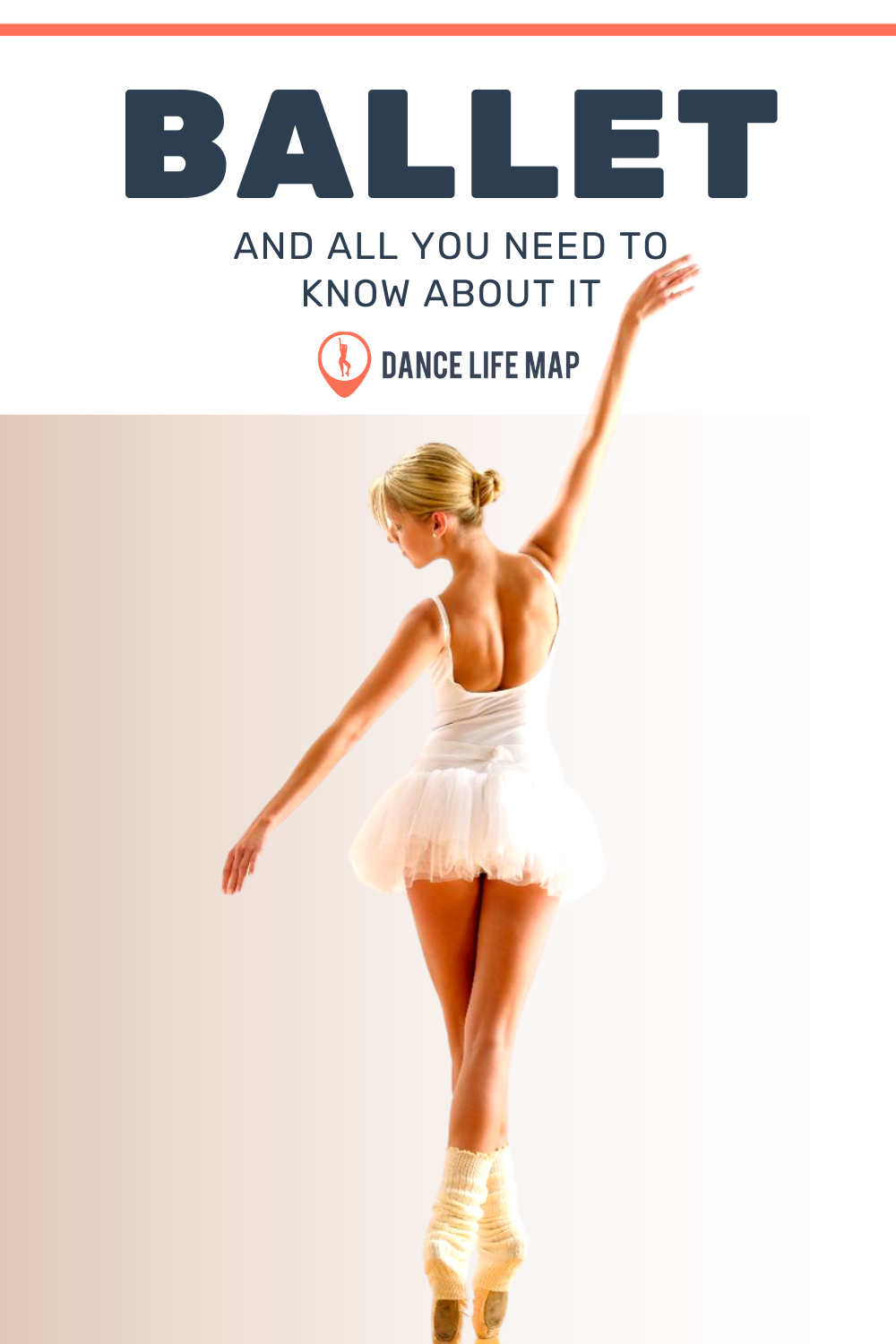
History
In regard to general opinion, most people believe that this unique piece of art originated from France while it actually was birthed in Italy. The name came from Italian ballare meaning to dance. Here is an 18 minute informative introductory video of History of ballet on Tedx Talks by Darcey Bussell:
During the Italian renaissance in the1500’s, Catherine de Medici, an Italian noblewoman and a patron of the arts got married to King Henry II of France and ordered it to be performed in the French courts. She would often throw festivals called ‘ballet de cour’ which later became famous and things like costumes, song, poetry and music became a part of it.
Catherine de Medici as well as Balthasar de Beaujoyeulx were responsible for presenting the very first ballet de cour, applying Baif Academie priciples were dance, music, poetry as well as set design are combined together contributing to the story line.
During the olden days, most of the performances were funded, influenced and produced by the aristocrats of that era, as the events served their political propaganda needs as well as their personal entertainment.
In the late 17th century, King Louis XIV grew to love the art, and he himself became a dancer. With this event happening, ballet took a huge leap in terms of growth and recognition as he was a very passionate dancer. This is one of the reasons most people think it originated from France. He also founded The Academie Royale de Musique (The Paris Opera) with time theatrical ballet gained influence and became an independent form of art while still maintaining a close relationship with opera and it later spread to other European states such as Germany, Spain, Portugal, Poland among many others.
With time, Pierre Beauchamp who was the king’s dance teacher came up with the five basic steps for both the feet and arms. Professional troupes and companies started forming and started touring all over Europe and performing ballet to royalty as well as aristocratic audiences.
During the 19th century, significant social change started happening as themes of the ballets started changing and moved to romantic ballets instead of performing for royalty and aristocrats. There was an introduction of the pointe shoes which were seen as an ungrateful stunt but due to a ballet done by Marie Taglioni in La Sylphide, the shoes were able to bring in a sense of excitement and allure as she was able to combine both graceful arm movements while still maintaining poise and masking the difficulty of pointe work. Pointe shoes from that time became a symbol of technical skill and gracefulness. The tutu was also introduced during this time in order to highlight and bring more appreciation to a ballerina’s difficult leg and foot work.
In the 20th century, ballet dancing was able to make its way to the U. S where it was very rare and had very little exposure as an art.
Here is very interesting video of evolution of this genre from Baroque period up until today with lots of useful explanations from Ursula Hageli:
Main Styles
- Classical. When it comes to this specific type of style, classical vocabulary and technique is normally used. The training methods used are normally gotten from the people responsible for the method of training such as Cecchetti method. It is a combination of Danish, French, Russian and Italian styles called the English Style of Ballet. Some of the best classic ballets are from Pyotr Ilyich Tchaikovsky like Nutcracker and Swan Lake.
- Romantic. It came about in the 19th century and mostly focused on strong emotion as an origin of a beautiful experience. The plots were based on spirits of women who enslaved the senses and hearts of mortal men and mysteries of emotion and dreams. Some famous dancers in this type of style include Marie Taglioni, Fanny Elssler, and Jules Perrot. Jules Perrot is known to have choreographed Giselle, which is often considered the most celebrated romantic ballet.
- Neoclassical. This is a combination of the classical technique. It tends to be a bit different as it uses abstract elements and has no strict scenery, costumes nor plot. It also has a minimal set design. It is more open to modern techniques and ideas and it is opposed to dictating moves as greater athleticism is favored. The music is diverse and often neoclassical such as Stravinsky and Webern. The face of this style is normally Balanchine George.
- Contemporary. In regard to this type of ballet, elements and techniques both from classical ballet are used such as jazz, modern and ethnic styles. In addition, experimentation is also allowed in contemporary genre with both modern dance and ballet as well. Here the dancer’s moves are faster, bigger and it is also characterized by floor work, barefoot dancing, acting, miming, turn-in of legs and robust athleticism.
Technical Methods of Instruction
- French Method. This is the basis of all ballet training as it relies on traditional history greatly. It is characterized by gracefulness and fluidity, technical precision, cleanliness, and elegance.it is normally defined by the precision in the footwork as well as the emphasis of strength and elegance. Fast footwork is normally used to give off an impression that the performer is drifting lightly across the stage.
- Vaganova Method. Emerged from Russia by Agrippina Vaganova and is normally characterized by a combination of the classical French style i.e. elements from romantic era of the classical ballet, with the Italian athleticism and the soulful passion in Russian ballet.
- Cecchetti Method. This method was pioneered by Enrico Cecchetti and is known for its reliance of comprehending the anatomy as it related to classical ballet. Some components of this method include elevations, balance, poise among others.
- Balanchine Method. Developed by George Balanchine, this method is characterized by its extreme speed throughout routines, deep pliés, and emphasis on line. It is extremely difficult as compared to the other methods.
- Royal Academy Of Dance Method. Also known as English style of ballet, was established in 1920 by Geenee, Karsavina, Bedells, Espinosa, and Richardson in order to promote academic training in classical ballet all over Britain. The basic training is normally taught slowly, with the difficult progression being taught even slower than the other methods hence focusing on foundation steps thus defining a dancer’s ability to perform and master this genre.
- Bournonville Method. Developed by August Bournonville, this method is characterized by the use of diagonal epaulments with the upper body twisting towards the working foot typically. It is known for fast footwork and understated manner of performing. The emphasis is normally placed on dancers showing no sign of intense effort required to perform the steps.
Music
The type of music played while ballet is performed is normally symphonic instrumentation that tells a story alongside a performance of the dancers. Pyotr Ilyich Tchaikovsky a Russian composer, is known to have done one of the finest piece in history i.e. the Swan Lake, Sleeping Beauty and The Nutcracker.
Some instruments used include stringed instruments (harp), woodwind instruments (flutes), brass instruments (trumpet) and percussion instruments (snare drums). Other composers include Leo Delibes, Igor Stravinsky and Dmitri Shostakovich.
Advice To Beginners
Here are some great tips for beginner adult dancer from Kathryn Morgan, a former soloist of the New York City Ballet:
For any beginner wishing to practice this dance either for fun or as a profession, it is paramount to understand that there are things you need to now before starting a class such as:
- Know the basic steps which are the first, second, third, fourth and fifth. Each step is different and some are only done by individuals who’ve been able to master the steps well and understand how they work.
- Try to maintain the same turn out with the legs and feet
- It’s not a must for the turnout to be perfect as long. As one can stand safely and confidently in every position one can use them for more difficult steps.
- One is advised to try to keep both feet evenly flat on the surface
- Unless one is in a plié position, it is advisable to try to think of the legs squeezing the floor together and down into the floor so one can pull up with their upper body
- Once one becomes and advanced student, one’s legs need to always be straight in every position. If one finds this impossible, it is advised to try to lessen the turn out a little. It is necessary to always work with straight legs first into the turnout.
Bottom Line
In conclusion, it is a beautiful piece of art that has a lot to offer. You need not be skinny or short or whatever the criteria is because with proper training and will, you may end up being one of the best in the field. It’s all a matter of trying and never giving up. If you are serious about this dance, then you should enroll in yourself or your child in a local dance studio as fast as possible, since it requires a lot of training and it will mean a lot if you start early. Another important criteria of success is being genuinely interested or even in love with this genre.
Watch some video documentaries about famous ballerinas or famous performances which will make you want it even more. Go shopping for ballet dance bags, pointe shoes or other equipment which you will be required to have. All of this will make you excited and passionate about it, and this is what matter the most!
